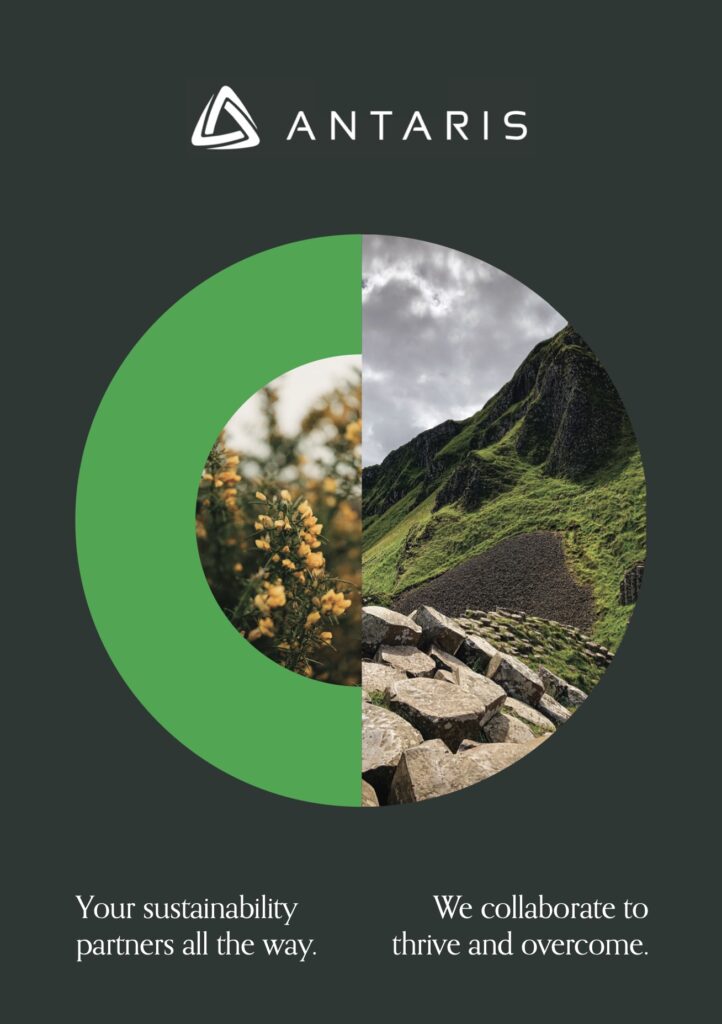International standards make things work. They give world-class specifications for products, services and systems to ensure quality, safety and efficiency. These standards are instrumental in facilitating international trade. Since the International Standards Organisation (ISO) was established in 1946, it has published 21,000 international standards covering almost every industry from technology and manufacturing, to food safety and agriculture. ISO standards are developed in response to a need in the market, a request from industry or other stakeholders such as consumer groups. They ensure consistency of essential features of goods and services such as quality, ecology, safety, economy, reliability, compatibility, efficiency and effectiveness.
ISO standards provide many benefits to the general public and to certified businesses. Economically, ISO standards have accounted for $8.2 billion annual growth in GDP in the UK, and in Canada they have injected over $91 billion into the economy since 1981. Governments can use ISO standards to draw on international expertise and experience and are vital sources of information when developing public policy. They help support public policy with expert opinion and they help to remove barriers to world trade, as the same specifications are adopted for use in different countries as national or regional standards. Businesses who are certified to ISO standards experience improved efficiency, reductions in costs as their systems and processes are improved. Customer satisfaction increases due to improved safety, quality and processes. Certified businesses also enjoy access to new markets ensuring the compatibility of products and services. ISO standards touch almost every aspect of a consumer’s daily life. ISO standards ensure that products and services conform to international ideals, giving consumers the confidence that all products and services are safe, reliable and of good quality. Some ISO standards that have improved day-to-day life include:

With 1,462,303 combined ISO 14001 and ISO 9001 certificates issued worldwide in 2014, Environment, and Quality management system standards are some of the most successful and important ISO standards for businesses. These two will soon be joined by the new ISO 45001 for Occupational Health & Safety due for release in 2017.
The environmental management system standard ISO 14001 provides a framework for the development of an environmental management system and supporting audit programme. This series of standards emerged primarily as a result of the Uruguay round of the GATT negotiations and the Rio Summit on the Environment in 1992. ISO 14001 was first published in 1996 with its most recent revision in 2015. This standard is applicable to any organisation that wishes to:
- Implement, maintain and improve an EMS
- Assure itself of its conformance with its own stated environmental policy
- Demonstrate conformance
- Ensure compliance with environmental laws and regulations
- Seek certification of its EMS by an authorised external certification body
- Make a self-determination of conformance
Since its inception more than 300,000 companies have been certified to ISO 14001 in 171 countries. The most recent revision has enhanced requirements including leadership, communication and an introduction of new concepts such as the product life cycle. Implementing ISO 14001 provides assurance to company management and employees, as well as external stakeholders, that environmental impacts are being assessed and mitigated.
Formalised quality assurance originally came from the Defence Industry’s need for standards. The idea of quality assurance quickly spread beyond the military and the UK’s first quality management standard was known as BS 5750. This standard specified how the manufacturing process should be managed, instead of looking at what is manufactured. In 1987, the ISO adopted BS 5750 as an international standard and it was renamed ISO 9001 with variants developed to cover different types of businesses. Over the last 35 years ISO 9001 has been revised on four separate occasions. The 1994 revision focused on product assurance using preventive actions. The 2000 edition placed quality and process management at its core while also looking at how to continuously improve and track customer satisfaction. The 2008 version of the standard incorporated some changes to make the standard more consistent with ISO 14001. The 2015 revision of ISO 9001 brought the standard up-to-date reflecting the latest quality management practices and made it easier to integrate with other ISO management standards thanks to the introduction of a common framework: Annex SL.
Not currently an ISO standard, OHSAS 18001 was developed to bridge the gap for occupational health and safety and was designed to be compatible with ISO standards 14001 and 9001. Originally developed in 1999, the first version of OHSAS 18001 was based on a number of standards including BS 8800:1996, drawing the best from existing standards and schemes of the time. In 2017, a new Health & Safety standard ISO 45001 is expected to be published and will replace OHSAS 18001, bringing the main management system standards all under ISO. The new standard will incorporate Annex SL making it easier to integrate with the 2015 versions of ISO 14001 and ISO 9001.
Whether we realise it or not, ISO standards have improved our day-to-day lives. The last 70 years have seen 21,000 standards published; all ranging from guidelines, to making the perfect cup of tea, to the new Health & Safety standard currently under review. The ISO will continue to publish and improve upon these standards – who knows what additional benefits they will bring to certified businesses and end consumers alike over the coming years.
Sources







